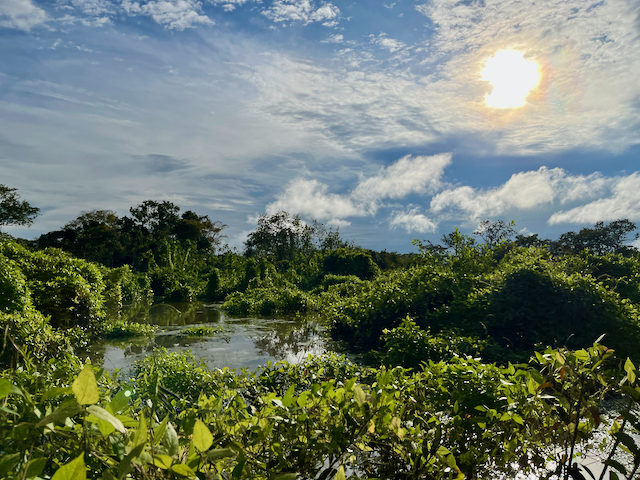
The Amazon. Two words with many associations – rainforest, endangered species, indigenous people, politics, resources, deforestation.
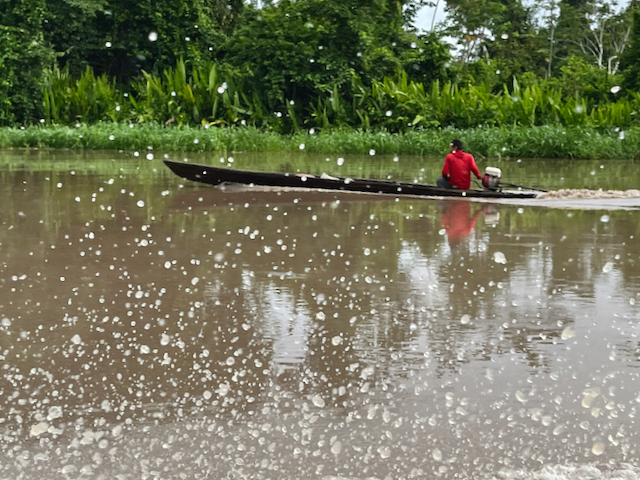
We were lucky to spend time in the upper Amazon region of Peru, where the Ucayali and Marañon rivers converge into the “birthplace” of the Amazon River proper. Spring is the high water season (the river level varies by up to 30 feet between high and low water seasons) so we rarely set foot on land as we explored the flooded forest.
This was our third trip with Lindblad/National Geographic, and as in the past it was flawlessly organized with exceptional guides and staff.
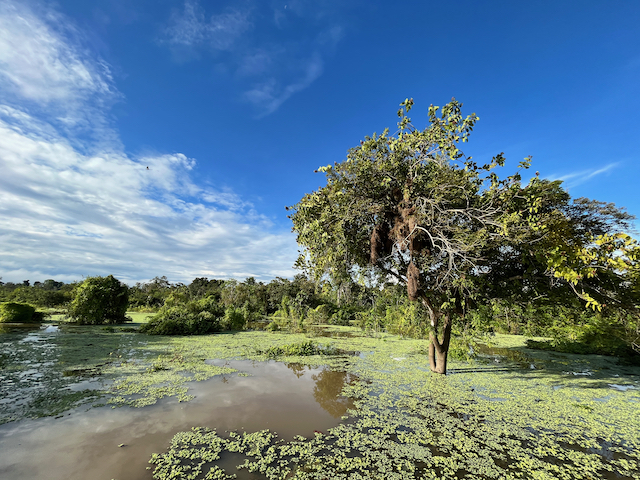
Day by day
Day 1 – Lima to Iquitos to Nauta
Getting to the Amazon is, unsurprisingly, a complex operation. After two flights to reach Lima, the final leg of our trip began with a morning briefing in the Lima airport hotel, where we met the rest of our group (22 of us in total). Then we headed into the airport for our flight to Iquitos – just under two hours, but the longest domestic flight within Peru. As we landed, I was excited to see the vast expanse of green treetops interwoven with brown rivers.
Iquitos is the largest city in the world not accessible by road – nearly 500K people, with relatively few cars (the main form of transport is the mototaxi). Once our bags were collected, we loaded onto a coach bus (imported by river barge from Brazil) for a two hour ride to Nauta. The last bit required transferring into a smaller van to navigate narrow, muddy roads – the drivers parked the two vehicles so close that we could cross from one to the other on a board, keeping our shoes (and the van) clean!
At the river’s edge, we loaded into metal skiffs – the first of dozens more skiff trips to come – and finally arrived at our floating home for the week, the Delfin II.
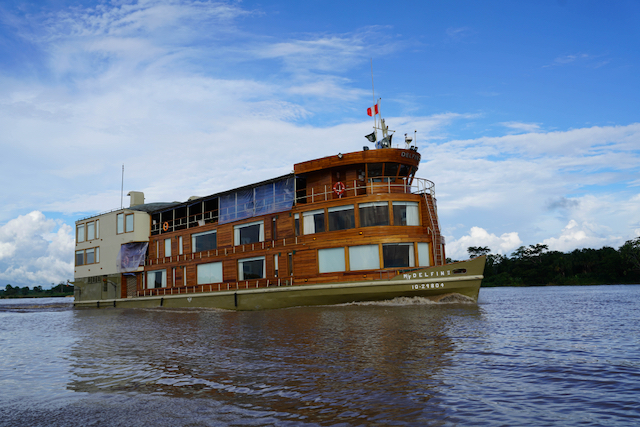
Day 2 – Clavero Lake and Supay Creek
Our first day of exploration set the rhythm for each day that would follow. We rose around 630am and opened the cabin curtains to let in the sun (and typically, a close-up view of foliage since the ship was tied to a convenient stand of trees for the night; anchorage isn’t possible because of the fast-moving river currents), and headed to breakfast at 7am. At 8am, we boarded the skiffs for a couple hours of exploration. After a late-morning presentation back onboard, we had lunch, then some downtime and another lecture or workshop, followed by an afternoon skiff outing around 4pm. At 7pm we had a recap and briefing for the following day (usually with a pisco sour in hand), dinner at 730pm, and then bed!
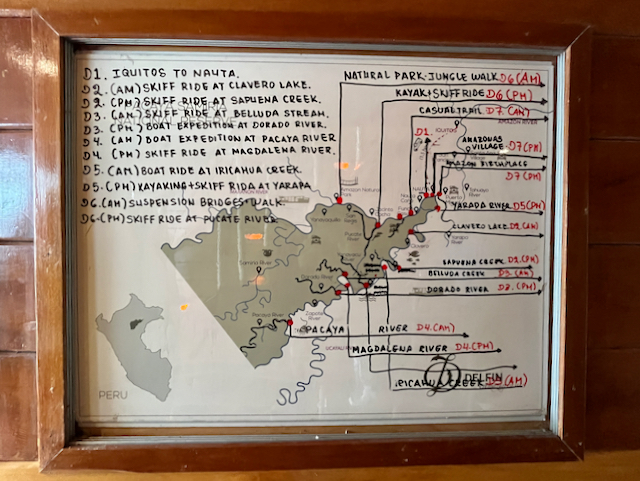
Our morning exploration of Clavero Lake gave us an exciting encounter with gray dolphins (also known as Tucuxi) and the more mysterious pink river dolphins. The gray dolphins are a bit smaller than their bottlenose relations, but have the same dorsal fin; they swam all around us in fast-moving groups. The pink dolphins were harder to spot, with a low-profile dorsal fin that only barely crests above the water.
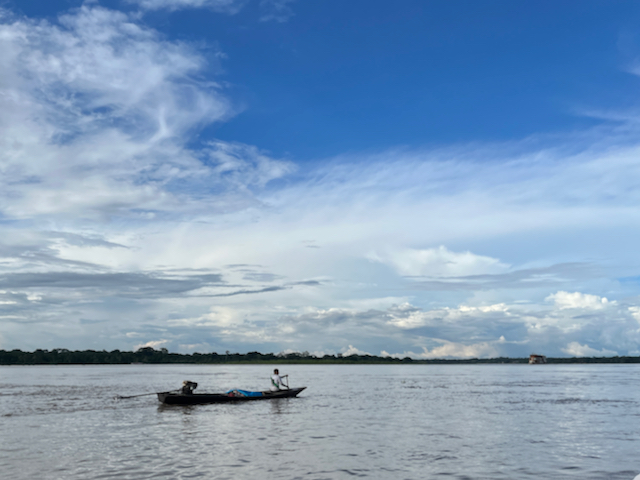
In the afternoon, we ventured into the flooded forest for the first time, with our skiffs slipping under trees and through such thick floating vegetation that it seemed at times we were crossing land. In fact many birds, including the wattled jacana, walk along and feed on the floating plants. Above us, branches were laden with the hanging woven nests of the yellow-rumped cacique, and as the sun began to set, we saw hundreds of birds settling into trees to roost.
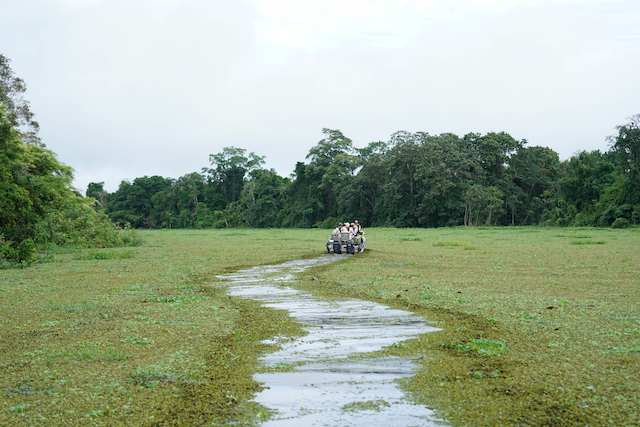
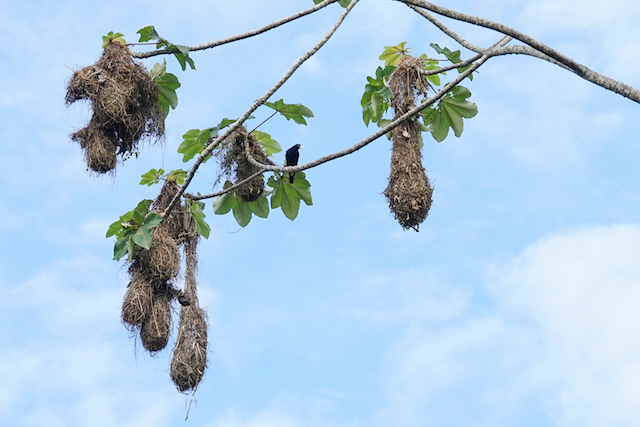
Day 3 – Ucayali and Dorado River
The Ucayali River provided our first monkey sighting (a group of saddle-backed tamarins), followed closely by a three-toed sloth having a relaxed treetop meal.
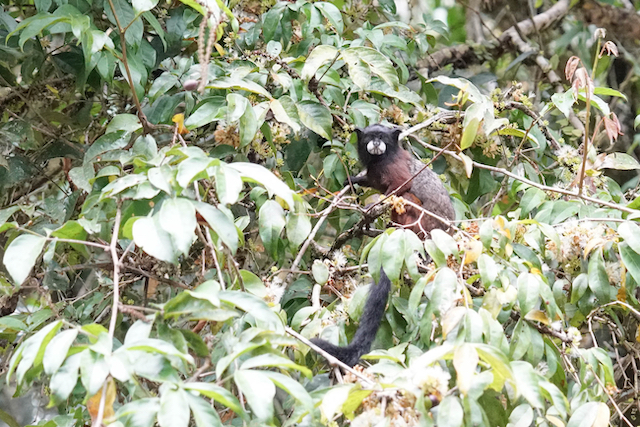
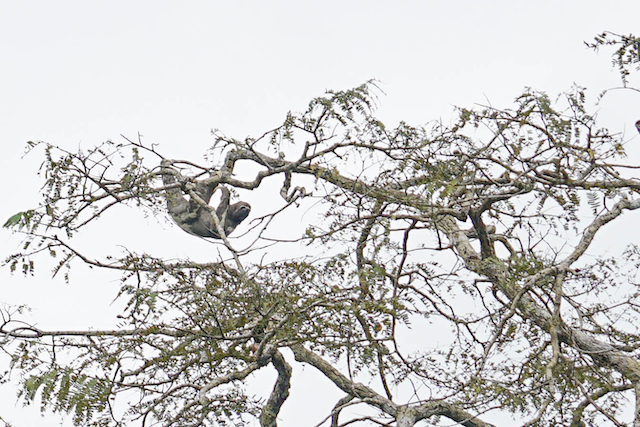
After lunch, our guide Jorge presented on some of the fruits of the Amazon region, including the cocona (yellow tomato, featured in many of our meals on board), zapote or chupa chupa (tasted a bit pumpkin-like, with a mango-like seed in each slice), and macambo. The toasted beans of the macambo are called “monkey brains” due to their grooved texture, and featured in our nightly turn-down chocolates, which I thought of as Amazon snickers.
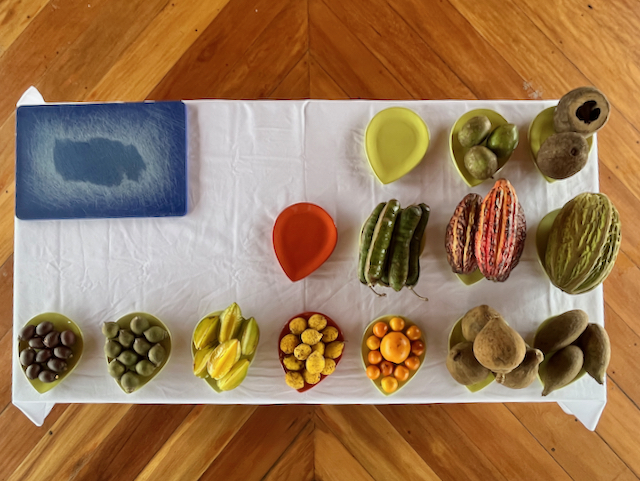
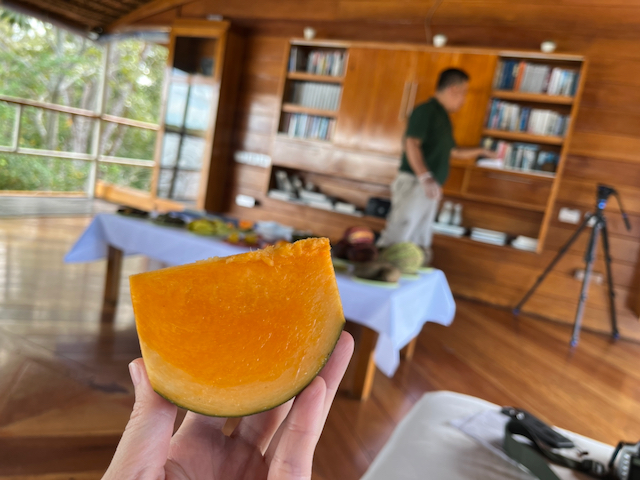
Our outing along the Dorado River started a bit later than usual so we could stay out past sunset and search the riverbanks for nocturnal creatures. A highlight for me was the giant Amazon lily pads, Victoria amazonica – we visited a section of river filled with them, including some in bloom (the first evening the flowers are white, and the second evening pink).

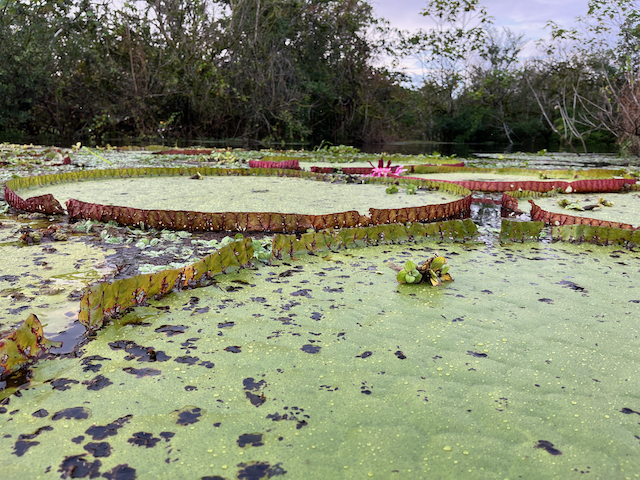
We found a perfect vantage to watch sunset color the river pink, then our guide Javier and skiff driver Larry teamed up to find several baby caiman alligators with their eyes just poking above the water, and more sloths and monkeys. I am still so impressed by their tracking skills!
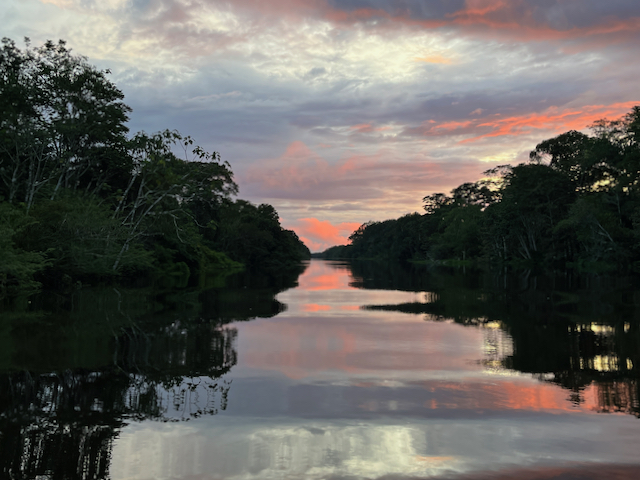
Day 4 – Pacaya River and Magdalena Creek
Today we rose an hour early for a skiff ride deep into the Pacaya-Samiria National Reserve, which culminated in a swim in the black waters of the Amazon. D rigged a couple of pool noodles into a floating recliner and enjoyed a Peruvian beer while I paddled around; I can report that while the top couple inches of the river were sun-warmed, it was a bit chilly below that. The black water is fascinating, darkened by tannins that leech from submerged vegetation. It’s almost iridescent in the light, and acts as a near-perfect mirror.
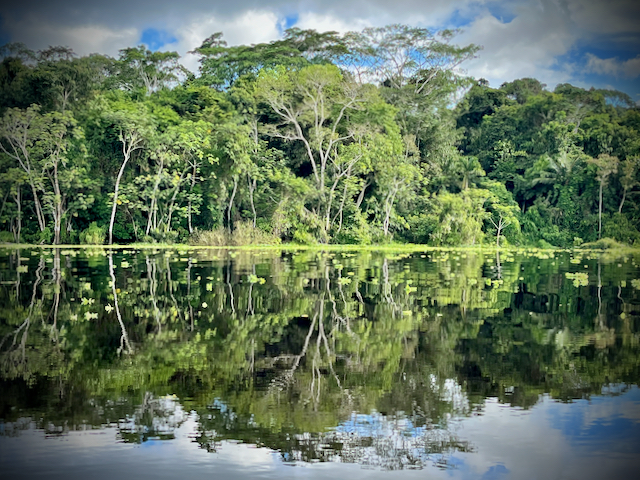
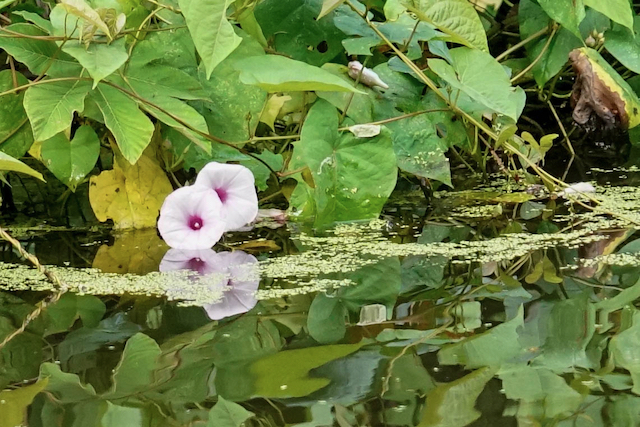
Before lunch, Gaston the bartender taught us to make pisco sours, and after lunch we had a presentation from one of the National Geographic photographers on board. The rest of the afternoon found us on the water again, weaving around and through small trees before racing the other skiffs back to the Delfin.

Day 5 – Iricahua Creek and Yarapa River
Until now, most days had been fairly cool and cloudy, though our excursions were never rained out. In contrast, our time on Iricahua Creek was marked by hot sun and still, humid air. The vegetation here was particularly lush and overgrown, so our guides made good use of their machetes to clear a path for the skiffs. In one spot, the trees met overhead and created a skyway for several monkeys to cross the river.

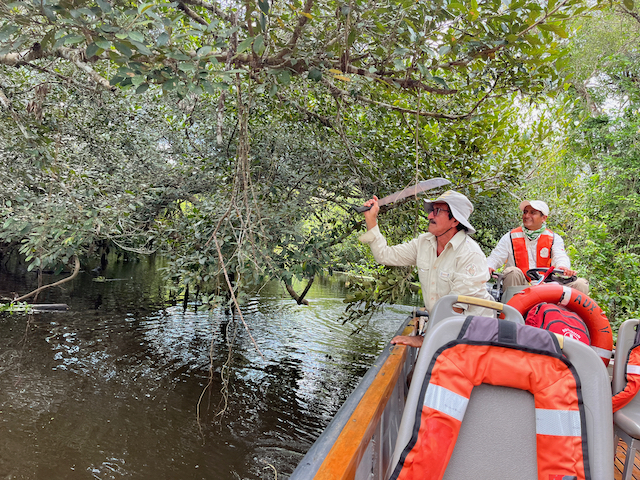
I skipped the afternoon skiff excursion in favor of a couple hours reading in our cool cabin. Even from my window, I had a stunning view to enjoy.
Day 6 – Amazon park and Yanayacu River
Land ho! Our first opportunity to hike coincided with the only day of torrential rains on our trip. Despite being soaked through, we agreed that the weather made for a true Amazon rainforest experience.
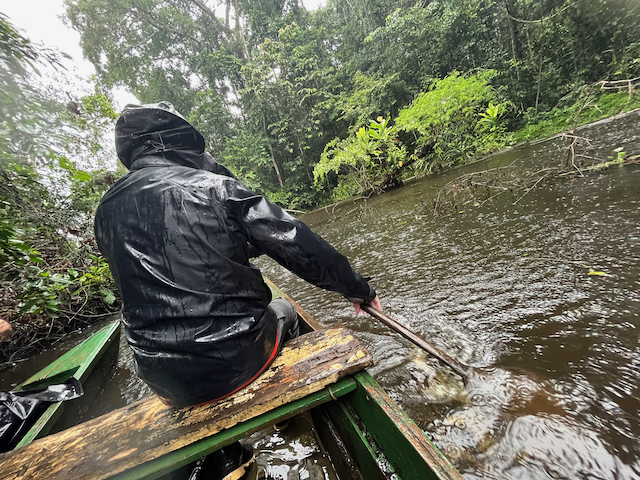
After the skiff dropped us off, we crossed a large lake on board two wooden canoes lashed together into a rudimentary catamaran. Once across, we ventured into the dense forest, single file on a narrow path that led us through interesting vegetation, including rubber trees and a small tree whose trunk was criss-crossed with shallow cuts where locals had tapped it for “natural pepto bismol”.
The most exciting part of the hike was crossing a series of suspended wooden bridges, which were both slippery and unstable.
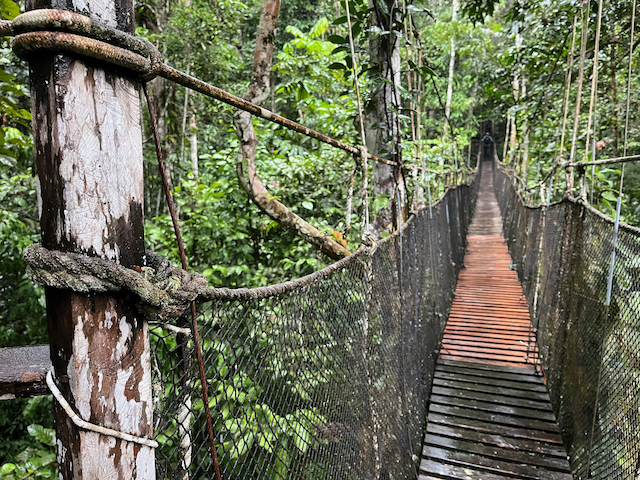
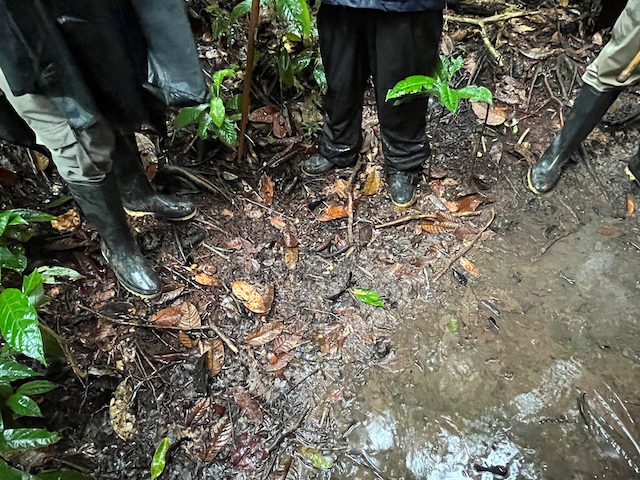
By the time we returned to our catamaran, even our socks were wet – the result of tucking pants into rubber boots. In contrast to what I’ll call “Alaska style”, where one’s pants are left outside the boots to keep rain out, the “Amazon style” is designed to limit the opportunity for bugs (or worse) to crawl up the legs. One member of our group opted for Alaska style, and ended up with a bullet ant bite!
The afternoon featured another skiff ride, thankfully drier as the rains had moved on.
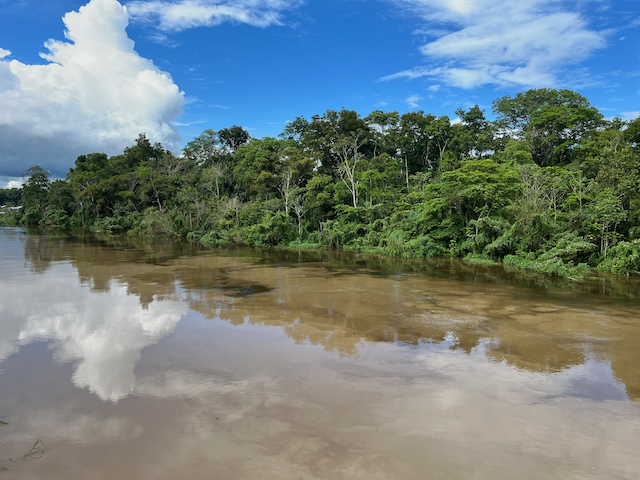
Day 7 – Casual Rainforest and Amazonas Village
Our last full day saw us on land again, hiking and exploring the fascinating vegetation of the rainforest, including walking palms, porcupine palms, trees being engulfed by strangler figs, kapok trees with massive buttress roots, and beautiful heliconias.
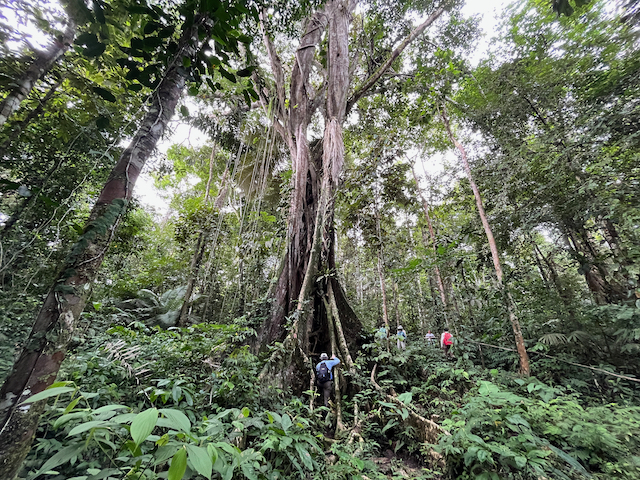
We also saw a rainbow boa, a poison dart frog that one of the local guides caught to show us, and some interesting spiders.
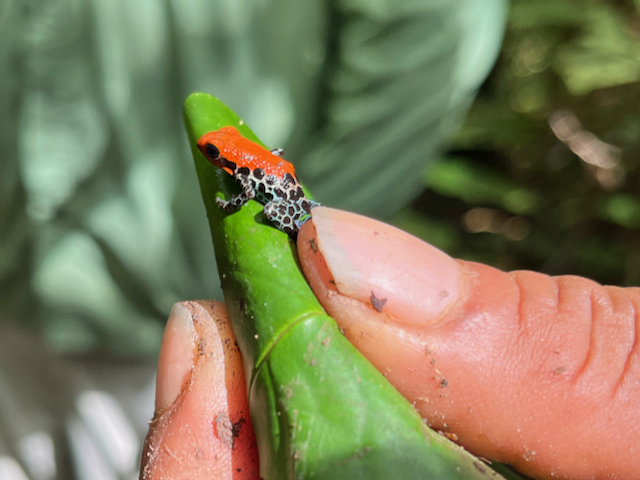
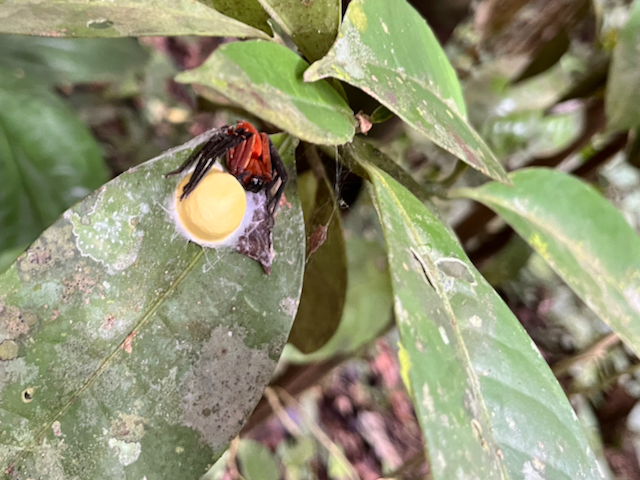
After lunch, we were welcomed to a village called Amazonas, where several of the women who lead the community demonstrated local cooking and crafts, and presented on their work with Minga Peru, a non-profit that provides support for indigenous communities of the upper Amazon.
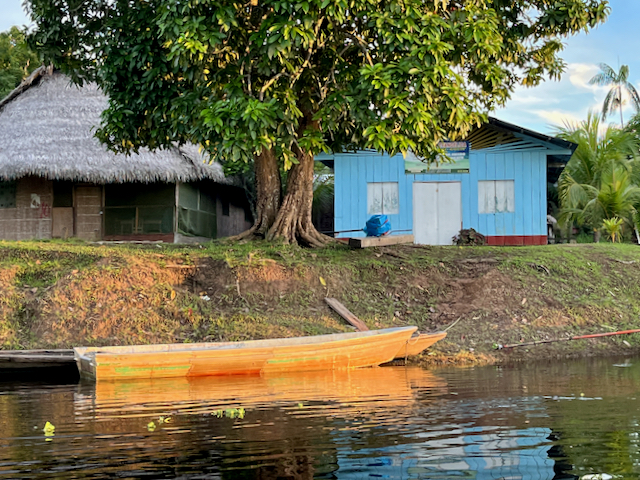
I tried a beverage that can best be described as hot banana water and grilled pacu fish (known as the vegetarian piranha), had fun showing my video of the morning’s boa sighting to a group of children, and purchased some wonderful small birds crafted of dyed palm fibers from the women who made them.
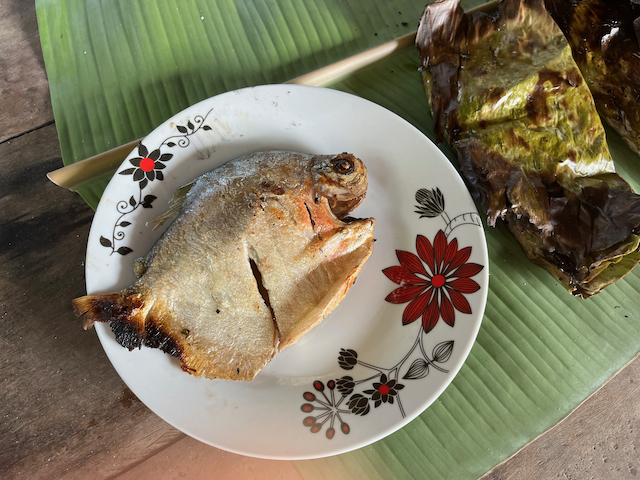
Day 8 – Amazon Rescue Center, return to Lima via Iquitos
On the way to back the airport in Iquitos, we stopped at the Amazon Rescue Center. As the name suggests, it is home to a wide range of native animals in various stages of recovery and rehabilitation – macaws and parrots, sloths, a baby anteater, baby manatees, turtles and caimans, and monkeys! Some were rescued from smugglers intending to sell them as exotic pets, and others are orphans whose parents were killed. You can read about their work here.
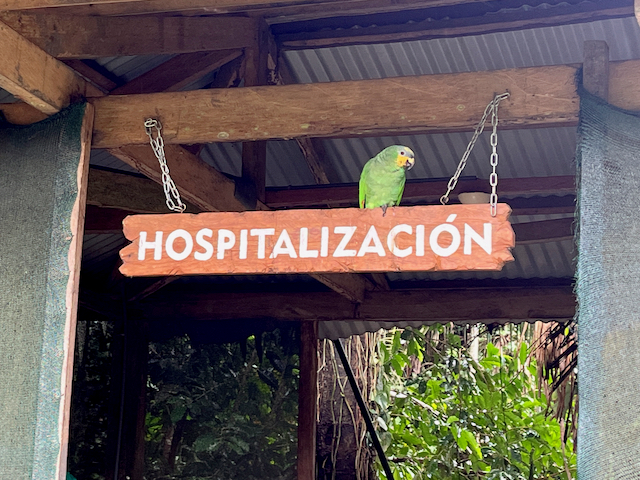

***
We were so lucky to have this adventure with D’s family!
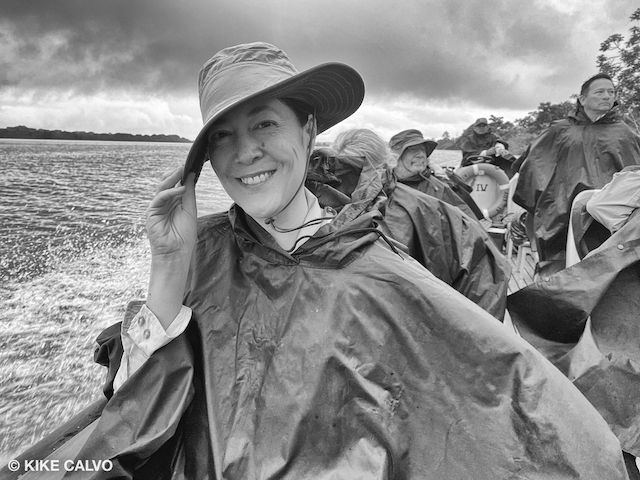
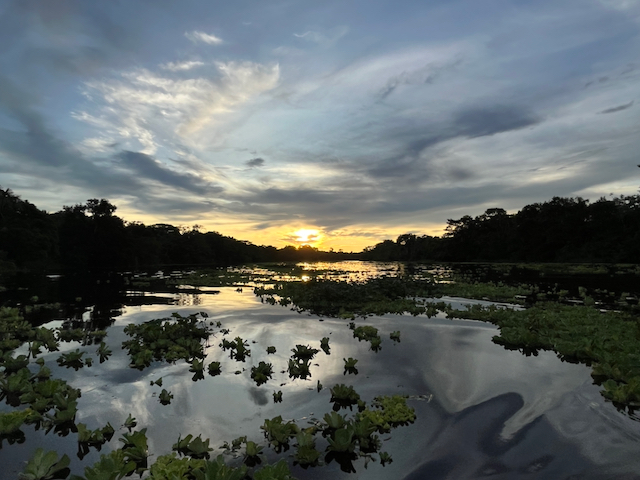
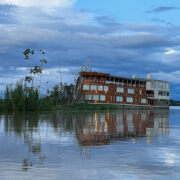 Aboard the Delfin II, Upper Amazon
Aboard the Delfin II, Upper Amazon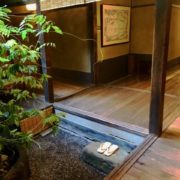 Tawaraya ryokan, Kyoto
Tawaraya ryokan, Kyoto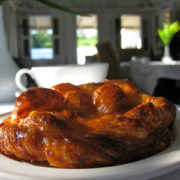 Koal Keel and Le Petit Patissier, Anguilla
Koal Keel and Le Petit Patissier, Anguilla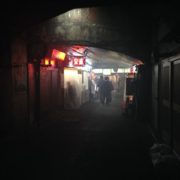 Yakitori under the tracks at Yurokucho, Tokyo
Yakitori under the tracks at Yurokucho, Tokyo
Jen
These are wonderful. The details really being the experience alive and the photos are so terrific. I especially like the sunsets and the canoe shot through the spray. Thanks for sharing all this.
Thanks Liz! I am eagerly awaiting your photos!!
We were just on this same trip the week of April 9. Great to come across your article and relive our adventures.
Hi Sharon, so glad to hear that! Thanks for leaving a comment I just posted the second part about the Delfin II. What a fun trip!
I just posted the second part about the Delfin II. What a fun trip!
What a wonderful write up! So many clear details along with fabulous photos! — I’ll have to read it a few more times to appreciate your great descriptions !!!